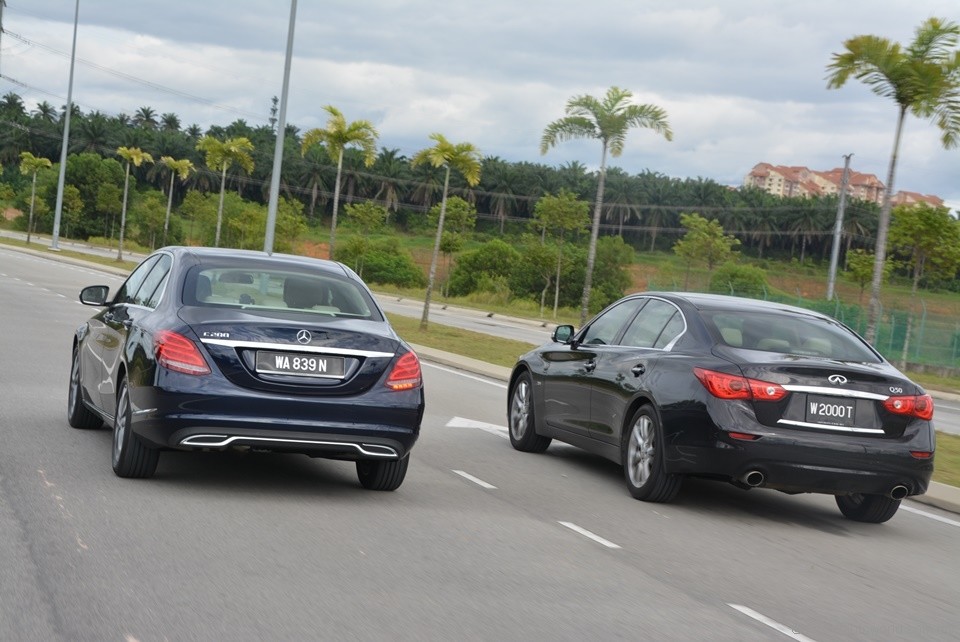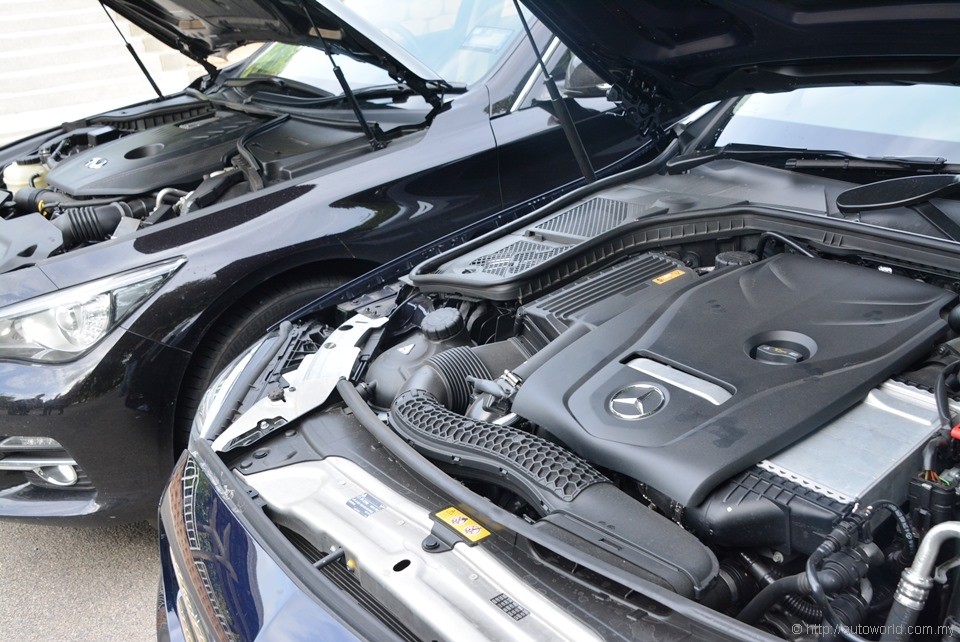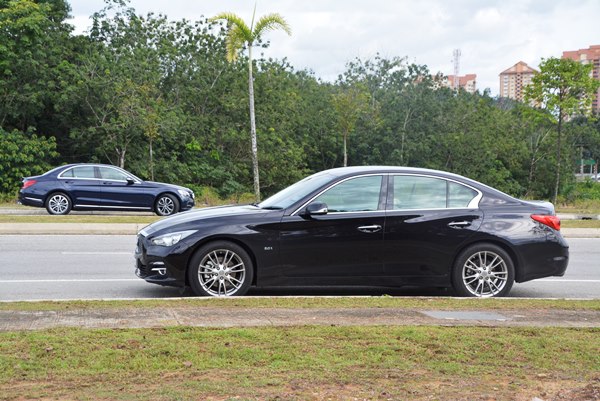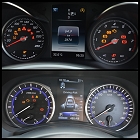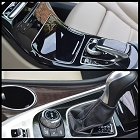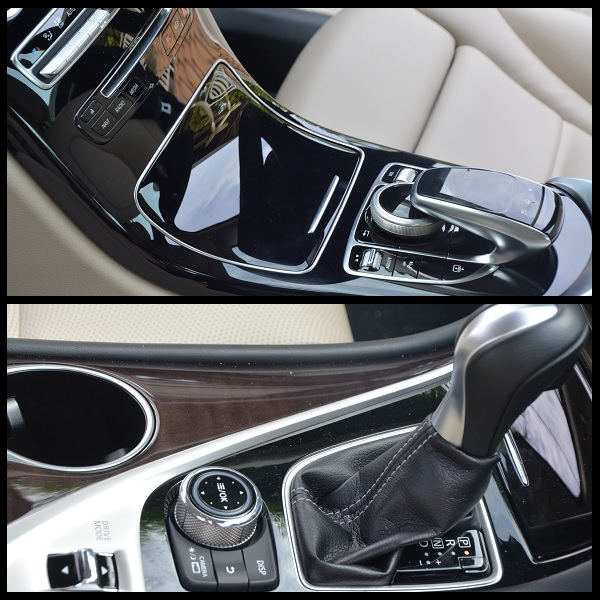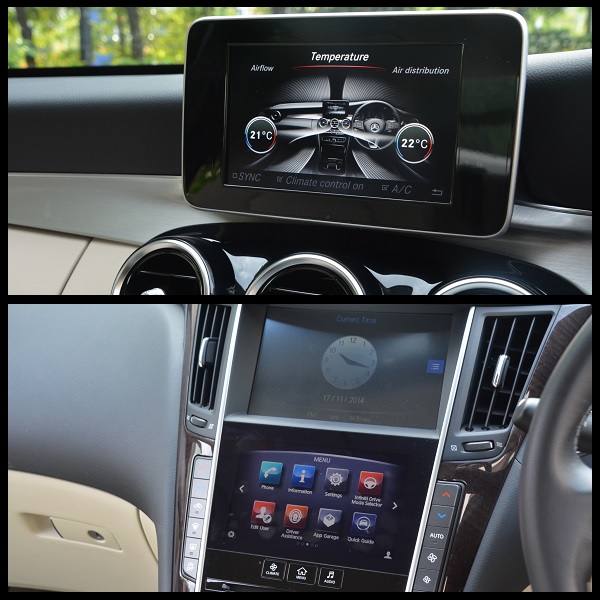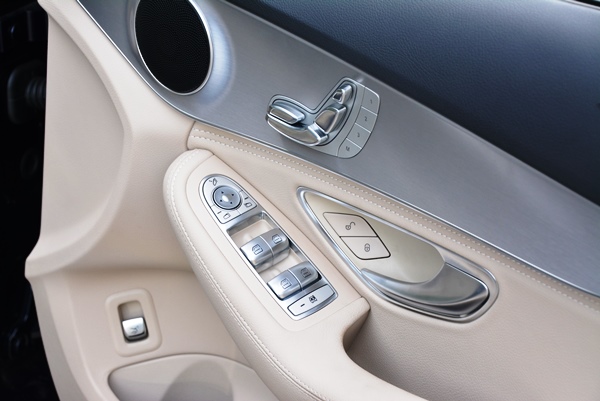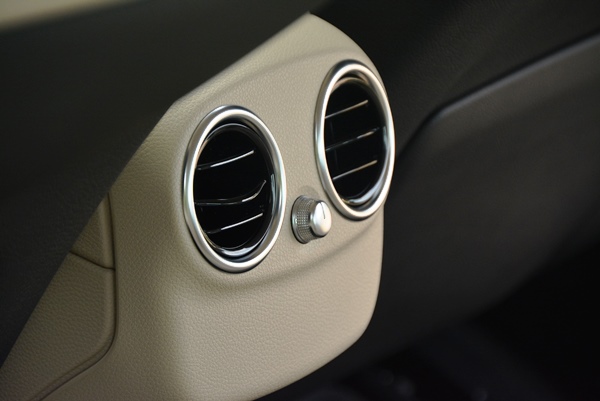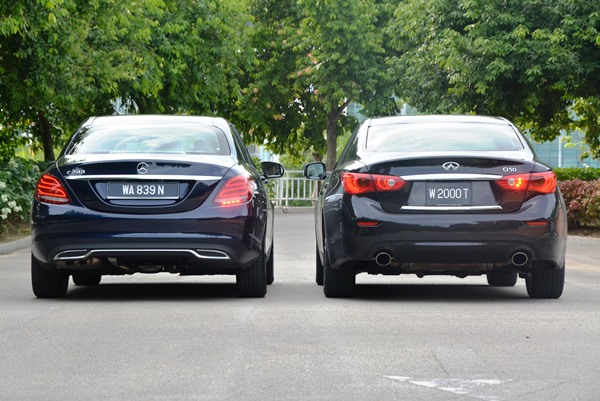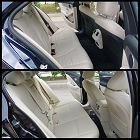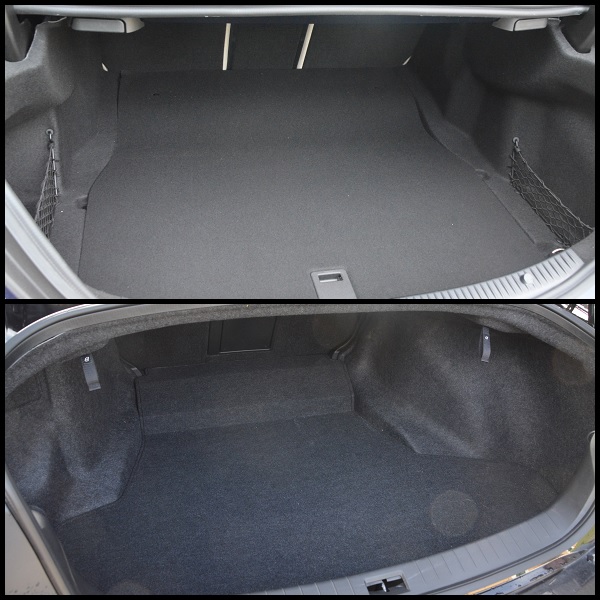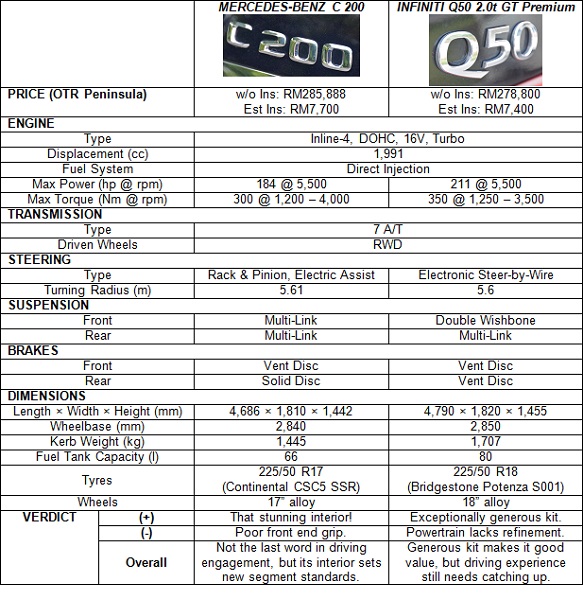Mercedes-Benz C 200 vs Infiniti Q50 Turbo
The car industry has become increasingly competitive, and manufacturers are pressurized like never before to efficiently manage their cost structures. Consumers worldwide are not only buying more cars than ever, they have also grown increasingly picky in what they want to buy. Pressure is therefore on car makers to not only churn out more cars quicker, but at the same time offer more in terms of spec and quality without sacrificing profitability.
Collaborations between manufacturers is one way of spreading the burden of cost, and it is a commonly-pursued route; prominent examples include the AutoAlliance between Ford and Mazda; the GEMA engine partnership between Mitsubishi, Hyundai, and Chrysler; and most recently, the strategic collaboration between Daimler-Benz AG and the Renault-Nissan Alliance formalized in 2010 and still ongoing today.
Through the collaboration, the two companies are now working together on no less than twelve different projects across the world with a jointly-owned engine plant in Mexico slated to begin operation in early 2015. Central to the collaboration between these companies is the cross-supply of engines to each other’s vehicles.
 |
| Even with the C-Class in its most affordable guise here, the Q50 is even more keenly priced. |
The Mercedes Vito van and the new W205 C-Class, for example, has access to a Renault 1.6-litre diesel whilst smart gets a couple of three-pots also from Renault. Going the opposite direction is Merc’s brand-new 2.0-litre turbo petrol engine that now sits in the Q50 – Infiniti’s challenger in the highly competitive premium compact segment that already includes the BMW 3 Series, Audi A4, Lexus IS, and of course, the C-Class.
There is no question that the Mercedes mill helped Infiniti fast-track downsizing of its engines to the magical 2.0-litre turbo displacement that is being favoured amongst its rivals. It has also interestingly created a situation where the Q50 goes to battle in its segment against a competitor sporting exactly the same engine, namely the C-Class, which we are testing here in C 200 guise.
 |
Prices and Variants
The Q50 starts the contest on strong footing with an exceptionally commendable value-for-money preposition. The C 200 as tested here is the W205 C-Class in its most affordable guise, hitting the road at RM285,888 before insurance. Locally-assembled variants in the future may bring the asking price down a bit, but Mercedes will need to trim costs rather aggressively if it is to match the Q50’s RM278,800 price of our GT Premium tester.
There is also the option for an even more affordable variant of the Q50, which is the entry-level GT model at RM248,800. Don’t let the ‘entry-level’ misnomer fool you, however, this is a generously equipped variant, being already fitted with keyless entry, engine start button, LED headlamps, dual central touchscreens and a host of other equipment. The RM30k upgrade to GT Premium spec pays for the inclusion of the world’s first steer-by-wire system and a full range of autonomous driving aids such as autonomous emergency braking, active lane assist, and blind spot warning among others
 |
| Touchpad on the C-Class is able to tell when you’re using it as a control or just as an armrest. |
While the Mercedes is not what we would call a poverty spec vehicle, at C 200 level it certainly does not have adequate equipment to match the Q50. Absence of keyless entry in particular, is a bit of a bummer, rendering the engine start button somewhat redundant. The C 200 does come with a reverse camera as standard, but even that is overshadowed by our Q50 Premium test car’s 360 degree around view monitor; the regular Q50 GT settles for a simple reverse camera – still fine in our books.
Moving up their respective food chains, Mercedes offers the C-Class in a more powerful C 250 guise at RM314,888 in Exclusive trim with a further RM25,000 buying AMG Sport line upgrades. The Q50, on the other hand, jumps all the way to RM398,800 for its range-topping Hybrid variant.
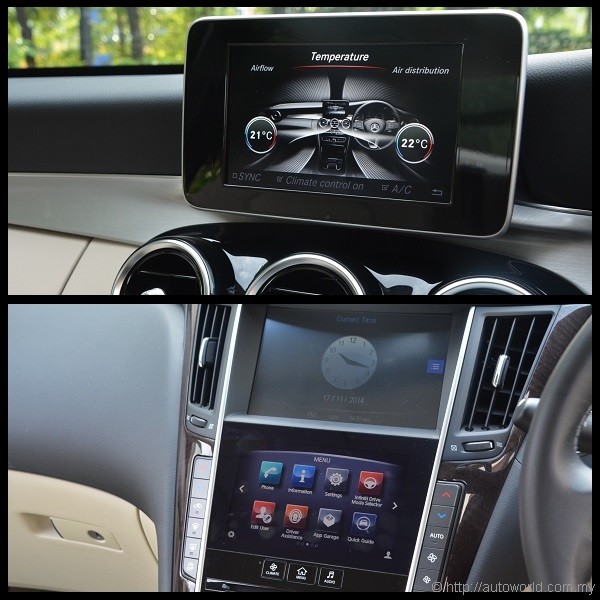 |
| Infiniti’s complicated controls take considerable time to master. |
Specifications
The new M274 engine takes centre stage in this comparo; it is the common thread linking these two seemingly disparate cars. Long-term implications of the strategic collaboration between Daimler and Renault-Nissan will potentially see more Mercedes-powered Infinitis being introduced in the future, but the Q50 is the first and for now only model to do so.
Designed for both longitudinal and transverse installation, Daimler’s new 1,991cc turbocharged four-cylinder engine is available with a range of different outputs to suit various needs. In the C 200, it generates a modest but highly respectable 184hp and 300Nm, but over at the Q50, it pushes out 211hp and 350Nm, thus corresponding more closely with the C 250 instead. Both cars also utilize the same transmission, namely Merc’s in-house 7-speed 7G-Tronic gearbox – Daimler supplies the engine and transmission wholesale to Infiniti.
 |
Whilst Daimler is happy to share its latest engines with Infiniti, the C-Class’ new platform remains a closely-guarded treasure. Like most modern automotive platforms, it is highly scalable, with bigger versions set to underpin future iterations of the E-Class and other models with longitudinal engine configurations. The new platform is notable for its extensive usage of aluminium and in C 200 guise as tested, the C-Class boasts a 262kg weight advantage over the rather portly Q50 – enough to nullify the Infiniti’s 27hp and 50Nm superiority at the crank.
The C 200 in fact ends up with a marginally better power-to-weight over the Q50, but official manufacturer data show the Infiniti being marginally faster than the Mercedes in both top speed (245 vs 235kph) and 0-100km/h times (7.2 vs 7.3 seconds).
Like the C-Class, the Q50 similarly sits on a front longitudinal engine rear-wheel drive platform, albeit one of Nissan origins. Brakes and suspension are on par with class standards, but the steering is where the Infiniti truly sets itself apart from rivals, being the first series production car in the world to be fitted with electronic steer-by-wire system available only in the GT Premium and Hybrid models; the base GT model gets regular electro-hydraulic power steering.
 |
| Infiniti tries to emphasize its European appeal with its left-sided signal stalk. |
Exterior
Many observers summarize the new C-Class styling as that of a ‘baby S-Class’, evoking memories of similar connections between the W202 C-Class and W220 S-Class. We reckon the resemblance is deliberate of Merc’s part in an effort to truly highlight the C-Class greater than ever emphasis on luxury. From afar, the new C can indeed be difficult to differentiate from its bigger brother.
The C-Class’ stately and matured appearance contrasts nicely with the Q50 edgier appearance, as emphasized by its wider and thinner light clusters. The Q50 Hybrid gets an enhanced sport bodykit, but the Turbo version’s standard appearance here loses little in perceived sportiness and visual dynamic appeal. It is still a decently handsome car to lay eyes on.
 |
Interior
Inside the cabin is where the C-Class truly justifies its ‘baby S-Class’ claim. Whilst its ergonomics can be less intuitive for someone accustomed to vehicles of other brands, the C-Class is simply peerless in its selection of materials, build quality, and overall ambiance. Meticulous attention to detail at touch points are obvious – switches click with crisp tactile feedback and most surfaces within reach feel very pleasant to the touch.
The Q50 on the other hand, lays its controls exactly where you would anticipate them. The dual touchscreen infotainment interface can be a handful to browse through at times, but basic control elements such as gear lever, parking brake, and climate control are within easy reach. Fiddling with the Infiniti’s finer settings are no less complicated than they are in the Merc, but the basic functions are more intuitively accessed in the Q50.
Overall, the Infiniti’s cabin is satisfactorily built although the presence of shared Nissan switch gear dents the claim of premiumness somewhat. In this respect, it is impossible to overstate what a fine job Mercedes has done in building an innate sense of luxury into the C-Class’ cabin, which excels in both visual and tactile appeal. Against its rivals, the C-Class sends the Audi A4 back to the drawing board and has the plasticky 3 Series thoroughly humiliated. That the Q50 finishes second best in this part of the contest is no shame at all.
 |
| C-Class’ cabin truly delights with awesome attention to detail. |
Driving Experience
Some European petrol direct injection engines have a habit of clattering on idle and the Mercedes M274 engine is one of them. The clattering is more noticeable in the Q50 compared to the C 200. In truth, this is more of an innate characteristic of the engine rather than a significant problem of any kind, but its prominence in one car and not the other unpleasantly hints that the engine’s rough edges are not as convincingly ironed out in the Infiniti as they are in the Mercedes; further evidence to this theory is felt in how much smoother the C 200 cranks up in its auto start/stop cycles compared to the Q50.
Less issues surface on the move, however, with both cars being closely matched in their respective performances. The Q50 has more reason to be aggrieved by this parity, however, considering its substantial output advantage over the C 200, although this is ultimately not unexpected due to the Infiniti’s added bulk. Both vehicles ultimately perform within expectations, which is the ability to deliver respectably rapid acceleration and effortless sustenance of high speeds. The Mercedes marginally shades it in overall refinement, however.
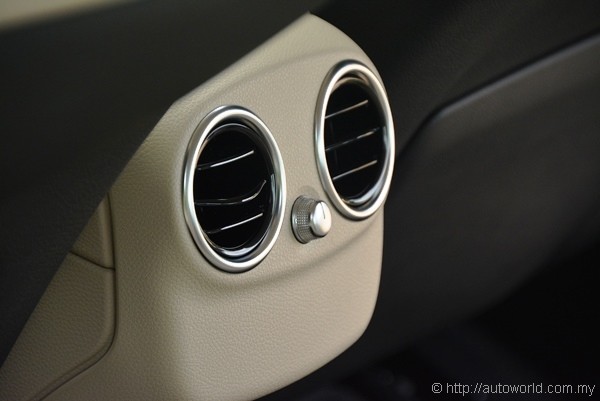 |
The handling front presents more interesting contrasts; push them hard, and the Mercedes blinks first with understeer setting in very early on to discourage over-enthusiastic corner entry speeds. The Infiniti has more mechanical grip at its disposal, but the vagueness in communication through its fully-electronic system make exploration of its limits more a test of your faith on the vehicle’s ability than anything else.
Be mindful also that the Q50’s autonomous driver aids are very proactive in their application and won’t hesitate to step in early on by dabbing your brakes or tugging your steering if it thinks you’re out of line. The meddlesome nature of the Infiniti’s driving aids make the Q50 difficult and unpredictable to exploit at its limits, although there is the distinct impression that its stability is better than the Mercedes. The C-Class, in comparison, has a more naturally communicative and predictable chassis.
Ride quality of both cars are in need of improvement. Both are a little too firm to be deemed comfortable and seeing that neither offer thoroughly satisfying handling sharpness, they are not acceptable compromises. We are surprised with the Q50’s poor ride, however, as the Hybrid model we tested earlier with bigger 19-inch rims and lower profile tyres was far more pliant and composed over poor surfaces.
 |
| Rear benches of the C 200 (above) vs the Q50 (below) |
Verdict
Cars competing in this segment find it difficult to escape the shadows of the BMW 3 Series and in driving dynamics terms, neither the Mercedes nor the Infiniti come close to disturbing Munich’s long-held superiority. In any guise, the 3 Series chassis is simply more composed and communicative; it inspires confidence around corners in ways that neither the C-Class nor the Q50 manages. The F30 also boasts a more comfortable ride, mind.
BMW’s excellence in its chassis tuning is not as convincingly replicated in other areas of the car, however, and that gives room for alternatives like the C-Class and Q50 here to present themselves as tempting alternatives. The Q50 is a fine effort from Infiniti and scores full marks for effort – objectively, it ticks all the pre-requisite boxes in the segment and goes the extra mile in offering a few things that are not entirely common in its price range. The amount of cutting edge technology onboard also qualifies it as one of the most sophisticated cars currently on sale.
The true essence of a luxury car, however, extends beyond lengthy kits of equipment, and this is where the old-hand Mercedes-Benz shows us how it’s done – the C-Class is immaculately packaged with superb attention to detail. It does not have nearly as much equipment as the Q50 nor does it drive with the confidence of a 3 Series, but it is without question the most expensive-feeling and therefore most convincing luxury car in its segment.
 |





